Introduction
Forensic entomotoxicology studies the application of toxicological analysis to carrion-feeding insects like blow fly larvae in order to detect drugs and toxins present on intoxicated tissues of decomposing corpses. You may refer to our
previous article for an introduction to forensic entomology. This article focuses solely on the use of forensic entomotoxicology.
The gold standard for the detection of drugs/toxins in forensic entomotoxicology is the gas chromatography mass spectrometry (GC-MS), a destructive method of detections. As such, non-destructive detection methods such as near-infrared spectroscopy are being tested out. Such methods are usually non-destructive, which is a benefit given the small sample sizes available from insects.
While the identification and quantification of drugs from adult insects and pupae are possible, it is usually done on larvae that are actively feeding on the corpse. This is because the rate of absorption of the drugs/toxins should exceed the rate of elimination in order for the drugs/toxins to accumulate in the insects, and such is the case when the insect is actively feeding (the larvae stage).
However, the larval stage might not always be the stage with the most accumulation. For example, in a study done on Lucilia sericata, the highest bioaccumulation factor (BAF) for cadmium was found in the larval stage (in the range of 0.20-0.25), while the puparial stage accumulated more thallium than the other stages tested (BAF in the range of 0.24-0.42). These showed that different bioaccumulation patterns can exist between different substances.
Substances have been detected for various durations postmortem. For example, triazolam, oxazepam, phenobarbital, alimemazin, and clomipramine were detected 67 days postmortem in blowfly larvae recovered from a corpse in a suicide case. (Note that triazolam and oxazepam are currently not registered in Singapore, and that alimemazin is not registered in Singapore or US). Meanwhile, amitriptyline, nortriptyline, arsenic, several organophosphates (e.g. those used in pesticides), mercury, morphine, cocaine, and 3,4-methylenedioxymethamphetamine (more commonly known as Ecstasy), were found in maggots and empty puparia up to 5 months after persons had died.
However, not every substance can be detected using insects. For example, heroin metabolites (such as morphine) could only be detected at higher concentrations in mincemeat when fed to Lucilia cuprina (L. cuprina), and could only be found in two of the stages (namely the second and third instars).
Below is a table of medications and substances that have been detected in insects so far:
Drugs/medications that have been detected so far | Longest duration of detection postmortem known to date | Paper(s) |
Tricyclic antidepressants: Amitriptyline, Nortriptyline, Clomipramine | 5 months for amitriptyline and nortriptyline; 67 days for clomipramine. | Mark Benecke (2014). Kintz, P., Godelar, B., Tracqui, A., Mangin, P., Lugnier, A.A., & Chaumont, A. (1990). |
Heavy metals: Arsenic, Mercury (>10 μg/g in an empty pupa) | 5 months | B Bourel, L Fleurisse, V Hédouin, J C Cailliez, C Creusy, D Gosset, M L Goff (2001). |
Drugs of abuse (stimulants): 3,4-methylenedioxymethamphetamine, Cocaine | 5 months | Mark Benecke (2014). |
Morphine | 5 months | Mark Benecke (2014). |
Organophosphates | 5 months | Mark Benecke (2014). |
Benzodiazepines: Triazolam, Oxazepam, Diazepam | 67 days for triazolam and oxazepam 5 years for diazepam | Kintz, P., Godelar, B., Tracqui, A., Mangin, P., Lugnier, A.A., & Chaumont, A. (1990). Grellner W, Glenewinkel F (1997). |
Barbiturates: Phenobarbital | 67 days | Kintz, P., Godelar, B., Tracqui, A., Mangin, P., Lugnier, A.A., & Chaumont, A. (1990). |
Alimemazin (aka Trimeprazine) Note: not available in many countries including Singapore | 67 days | Kintz, P., Godelar, B., Tracqui, A., Mangin, P., Lugnier, A.A., & Chaumont, A. (1990). |
PMI changes due to drugs/poisons
Besides detecting drugs and other substances, forensic toxicology can also be used to detect the PMIs. Several medications and substances have been shown to affect the lifespans of insects, resulting in deviations from PMI estimation.
Codeine and cocaine have been shown to increase the development rates of insects. On the other hand, methamphetamine, ethylene glycol (antifreeze), at least two antibiotics, immunosuppressants, and dimethoate (an organophosphate), have been shown to slow the developments of insects.
Mortalities of insects may also be affected. While antibiotics may decrease mortality, other medications/substances such as organophosphates, ethylene glycol, and methamphetamine might increase mortality, in studies done on a single species each.
All these impacts the rate of development of insects and the young which therefore can affect PMI calculations.
Case study
Forensic entomotoxicology is especially important where usual methods of toxicology may not suffice. One example is where the bodies have been burnt. Bugelli presents the case study of maternal filicide-suicide by fire. A mother was found with her two children with their bodies heavily burnt. In order to corroborate the toxicological tests performed on the destroyed remains, larva was found in the bodies of the mother and her two children, which was later analysed for toxins. The larval samples collected from the children were tested positive for several drugs, including benzodiazepines. This led to the conclusion that the mother had drugged her children with sedatives, before killing them and herself.
As there were still some internal tissue and urine samples available for toxicological analysis, the use of forensic entomotoxicology served as a corroborative tool for toxicological analysis supporting the investigation of this case. However, Bugelli suggests that where such samples are not possible, such as in bodies which are even more destroyed or colonised by microfauna, entomotoxicology becomes an important alternative tool for toxicological analysis.
Current limitations in forensic entomotoxicology
As forensic entomotoxicology is a relatively new field, it has many limitations. Examples include: the mechanisms of how different stages of insects metabolise drugs, whether metabolic products of drugs differ between insect species (and humans), whether different species of insects might be affected by a certain substance differently, etc.
In particular, the correlation between human samples and insect samples requires further study before the results of entomotoxicological analysis can be seen as truly valuable. Moreover, the various processes of ingestion (e.g. absorption, metabolism, accumulation of drug) within different insects have not been fully understood. There also lacks a common understanding of what the appropriate interpretation of detected drug concentration should be.
It is also unfortunate that forensic entomotoxicology has not been strongly studied in Singapore. While general studies of common insects have value, it is difficult to use forensic entomotoxicology in forensic investigations or as evidence in court without further research in Singapore. In particular, insufficient research has been done under Singapore’s context (e.g. climate, humidity). Local necrophagous insects have also not received extensive research, rendering forensic entomotoxicology to be of limited use in Singapore.
Additionally, crimes in Singapore tend to be solved within 24-48 hours but forensic entomology is most valuable and useful at least 72 hours after death. This could explain the lack of urgency to develop our talents in this field, as our current forensic investigations are sufficient to meet our needs.
Nonetheless, forensic entomotoxicology is an exciting field of study and its potential utilities should not be disregarded.
*The views and opinions expressed in this article do not constitute legal advice and solely belong to the author and do not reflect the opinions and beliefs of the NUS Criminal Justice Club or its affiliates.
Appendix
Below is a table of some drugs that may affect insect development and potentially PMI estimation:
Drugs/ medications | Comments on insect development and PMI estimation (if any) | Other notes | Species | Paper(s) |
Opioids: Codeine, Morphine | Codeine, Chrysomya albiceps (C. albiceps): – Acceleration in the development during life cycle and incomplete emergence of some adult flies from their pupae in the injected group. – PMI estimation: inaccuracies of up to 24h when estimation based on larval development and 48h when estimation based on pupal development. Morphine, Chrysomya stygia (C. stygia): – Growth rates of C. stygia fed on morphine-spiked mince did not differ significantly from those fed on control mince for any comparison interval or parameter measured. | Codeine, C albiceps: – Morphological changes in the form of disfiguring of segments, – loss of colouration and abnormalities in the shape of both anterior and posterior spiracles in the larvae. – The adult flies show rudimentary wings, abnormal bands on the undersurface of the abdomen,fading of normal colour to complete loss of it. | C. albiceps C. stygia | Fathy H et al (2001). George KA, Archer MS, Green LM, Conlan XA, Toop T (2009). |
Illicit drugs: Methamphetamine, Ketamine, Cocaine | Methamphetamine, Calliphora vomitoria (C. vomitoria): – Methamphetamine produced a significant increase in the developmental time from egg to adult in C. vomitoria. – Approximately 60% of larvae exposed to either dose of methamphetamine died during the pupation period and Methamphetamine, Aldrichina grahami: – The developmental time to reach the pupal instar was statistically slower for the larvae reared on rabbit mince containing MA than for the control; Ketamine, L. sericata: – Significant differences were observed between control and treatment colonies of L. sericata at each life stage, and the effect of ketamine displayed a dosage-and-time-dependent manner. – No differences were noticed between the effects of ketamine on larval body length and weight, which provided a useful indication for larvae sample collection in practice. Cocaine: – (At the lethal dose) causes larvae to “develop more rapidly 36 (to 76) hours after hatching”. – The amount of growth depends on the concentration of cocaine in the area being fed upon. | Methamphetamine, C vomitoria: – The resultant lengths of larvae and pupae were on average significantly larger than the controls. Methamphetamine, Aldrichina grahami: – The mean length of the larvae exposed to MA concentrations was longer than those of the control. – The mean weight of the pupae exposed to the highest concentration of MA was significantly lighter than those of the control. Ketamine, L. sericata: – The pathological observation revealed that ketamine could promote the growth of trophocytes in L. sericata. | Methamphetamine: C. vomitoria, Aldrichina grahami. Ketamine: L. sericata (Meigen) | Magni PA et al (2014). Shiwen Wang et al (2020). Yi Zou et al (2013). |
Alcohol | – The decomposition process for the carcasses of rabbits fed alcoholic beverages antemortem was one to two days longer. – The results also showed, however, that alcoholic beverages did not affect insect succession patterns in either season. | | Various (insect succession patterns) | Mohammed Al-Khalifa et al (2021). |
Antibiotics: Ceftriaxone, Levofloxacin | – Underestimation of PMI by 24-48hrs. – Maggot development was delayed by levofloxacin. – Pupal development is delayed by ceftriaxone and levofloxacin. – Reduced mortalities. | | C. vomitoria. (Diptera: Calliphoridae). | Preußer D et al (2021). |
Antifreeze (Ethylene glycol) | – Both species were unable to survive when reared on a food substrate spiked with the highest concentration of EG (T3), while lower and medium concentrations (T1, T2) affected, but not prevented, the survival and the completion of the life cycle of such species. – Adults of L. sericata eclosed only in the control and the lowest concentration, while adults of L. cuprina were able to eclose in the control, the lowest concentration, and the intermediate concentration. – The developmental time of both species reared in antifreeze (for those that survived) was statistically slower than the control. | – The body length of the immatures of both of the species reared in T1 and T2 was statistically smaller than the control. | L. sericata and L. cuprina (Wiedemann). | Pazzi AEM et al (2018). |
Immunosuppressants: Cyclophosphamide, Methotrexate | – Cyclophosphamide significantly decreased their developmental rate up to 28h. – Methotrexate had no significant impact on development rate. | – Cyclophosphamide had no significant effect on larval and adult sizes, survival rate, and sex ratio. – Methotrexate decreased larval and adult sizes, survival rate, and there was a deviation in the expected sex ratio toward females in MTX-exposed larvae. | Chrysomya megacephala (C. megacephala ) (Diptera: Calliphoridae) | Ana Letícia Trivia, Carlos José de Carvalho Pinto (2018). |
Organophosphates: Dimethoate, Terbufos, α- and β-endosulfan. | Dimethoate: – Various concentrations of dimethoate (1 ppm, 2 ppm, 3 ppm and 4 ppm) were utilised in the study. – The rate of development of the carrion flies showed a negative correlation with the concentration of the chemical. Terbufos: – The temporal pattern of larval dispersion was altered. – The composition and structure of the colonising assemblage (emerged adults) was also altered. – Species’ development time, accelerating or delaying their cycle, depending on the dose used was affected. – The emergence rates of califorids and sarcophagids, which increased the mortality of pupae from intoxicated carcasses, was affected. α- and β-endosulfan: – Prevented C. vomitoria immatures reaching the pupal instar and, therefore, the adult instar at high concentrations. – Did not affect the developmental time of blowflies at low concentrations. – Affected the size of immatures only at high concentrations, resulting in significantly smaller larvae. | | Dimethoate: Calliphoridae flies, namely C. megacephala, Chrysomya saffranea, Chrysomya rufifacies and Chrysomya indiana. Terbufos: general. α- and β-endosulfan: C. vomitoria . | Fahd Mohammed Abd Al Galil et al (2021). Jales JT et al (2021). Magni PA et al (2018). |
Heavy metals | – Thallium was also observed to have a negative effect on larval growth, resulting in lower weight and smaller puparial size. | | L. sericata | Malejko J et al (2020). |
References
Al-Khalifa M, Mashaly A, Al-Qahtni A (2021). Impacts of antemortem ingestion of alcoholic beverages on insect successional patterns. Saudi Journal of Biological Sciences, 28 (1): 685-692.
Anderson, G. S. (2004). Forensic entomology: The use of insects in death investigations. https://www.sfu.ca/~ganderso/forensicentomology.htm.
Amendt, J., Richards, C. S., Campobasso, C. P., Zehner, R., & Hall, M. J. (2011). Forensic entomology: Applications and limitations. Forensic Science, Medicine, and Pathology, 7(4), 379-392. https://doi.org/10.1007/s12024-010-9209-2
Benecke M (2014). Arthropoda and Corpses. Forensic Pathology Reviews, Vol. 2, Chapter 10, Pages 207-240.
Benecke, M. (2001). A brief history of forensic entomology. Forensic Science International, 120(1-2), 2-14. https://doi.org/10.1016/s0379-0738(01)00409-1
Bourel B, Fleurisse L, Hédouin V, Cailliez JC, Creusy C, Gosset D, Goff ML (2001). Immunohistochemical contribution to the study of morphine metabolism in Calliphoridae larvae and implications in forensic entomotoxicology. Journal of Forensic Sciences, 46 (3): 596-9
Bugelli, V., Papi, L., Fornaro, S., Stefanelli, F., Chericoni, S., Giusiani, M., Vanin, S., & Campobasso, C. P. (2017). Entomotoxicology in burnt bodies: a case of maternal filicide-suicide by fire. International Journal of Legal Medicine, 131(5), 1299–1306. https://doi.org/10.1007/s00414-017-1628-0
Byrd, J., & Sutton, L. (2020). Forensic entomology for the investigator. WIREs Forensic Science, 2(4). https://doi.org/10.1002/wfs2.1370
Campobasso, C. P., & Introna, F. (2001). The forensic entomologist in the context of the forensic pathologist’s role. Forensic Science International, 120(1-2), 132-139. https://doi.org/10.1016/s0379-0738(01)00425-x
Chophi, R., Sharma, S., Sharma, S., & Singh, R. (2019). Forensic entomotoxicology: Current concepts, trends and challenges. Journal of forensic and legal medicine, 67, 28–36. https://doi.org/10.1016/j.jflm.2019.07.010
Essarras A, Pazzi M, Dadour IR, Magni PA (2018). The effect of antifreeze (ethylene glycol) on the survival and the life cycle of two species of necrophagous blowflies (Diptera: Calliphoridae). Science & Justice: Journal of the Forensic Science Society, 58 (2): 85-89.
Fahd Mohammed Abd Al Galil, Sureshchandra Popat Zambare, Fahd A Al-Mekhlafi, Lamya Ahmed Al-Keridis (2021). Effect of dimethoate on the developmental rate of forensic importance Calliphoridae flies. Saudi Journal of Biological Sciences, 28 (2): 1267-1271.
Fathy H et al (2001). Effect of Codeine Phosphate on Developmental Stages of Forensically Important Calliphoride Fly : Chrysomya Albiceps. Mansoura Journal of Forensic Medicine and Clinical Toxicology 16(1):41-59. DOI:10.21608/mjfmct.2008.54085
George KA, Archer MS, Green LM, Conlan XA, Toop T (2009). Effect of morphine on the growth rate of Calliphora stygia (Fabricius) (Diptera: Calliphoridae) and possible implications for forensic entomology. Forensic Sci Int.,193(1-3):21-5. doi: 10.1016/j.forsciint.2009.08.013. Epub 2009 Sep 20. PMID: 19773137.
Grellner W, Glenewinkel F (1997). Exhumations: synopsis of morphological and toxicological findings in relation to the postmortem interval. Survey on a 20-year period and review of the literature. Forensic Sci Int., 90(1-2):139-59. doi: 10.1016/s0379-0738(97)00154-0. PMID: 9438373.
Hodecek, J. (2020). Revisiting the concept of entomotoxicology. Forensic Science International: Synergy, 2, 282-286. https://doi.org/10.1016/j.fsisyn.2020.09.003
Introna, F., Campobasso, C. P., & Goff, M. L. (2001). Entomotoxicology. Forensic Science International, 120(1-2), 42-47. https://doi.org/10.1016/s0379-0738(01)00418-2
Ishak, N., Ahmad, A.H., Mohamad Noor, S. et al. Detection of heroin metabolites at different developmental stages of Lucilia cuprina (Diptera: Calliphoridae) reared in heroin-treated meat: a preliminary analysis. Egypt J Forensic Sci 9, 65 (2019). https://doi.org/10.1186/s41935-019-0171-1
Jales JT, Barbosa TM, Soares VP, Gama RA (2021). Effect of Terbufos (Organophosphate) on the Cadaveric Colonization Process: Implications for Postmortem Interval Calculation. Journal of Medical Entomology.
Joseph, I., Mathew, D., Sathyan, P., & Vargheese, G. (2011). The use of insects in forensic investigations: An overview on the scope of forensic entomology. Journal of Forensic Dental Sciences, 3(2), 89. https://doi.org/10.4103/0975-1475.92154
Kintz, P., Godelar, B., Tracqui, A., Mangin, P., Lugnier, A.A., & Chaumont, A. (1990). Fly larvae: a new toxicological method of investigation in forensic medicine. Journal of forensic sciences, 35 1, 204-7.
Magni PA, Pazzi M, Vincenti M, Converso V, Dadour IR (2018). Development and Validation of a Method for the Detection of α- and β-Endosulfan (Organochlorine Insecticide) in Calliphora vomitoria (Diptera: Calliphoridae). Journal of Medical Entomology, 55 (1): 51-58.
Malejko, J., Deoniziak, K., Tomczuk, M., Długokencka, J., & Godlewska-Żyłkiewicz, B. (2020). Puparial cases as toxicological indicators: Bioaccumulation of cadmium and thallium in the forensically important blowfly Lucilia sericata. Frontiers in Chemistry, 8. https://doi.org/10.3389/fchem.2020.586067
Paola A Magni, Tommaso Pacini, Marco Pazzi, Marco Vincenti, Ian R Dadour (2014). Development of a GC-MS method for methamphetamine detection in Calliphora vomitoria L. (Diptera: Calliphoridae). Forensic Science International, 241: 96-101.
Preußer D, Bröring U, Fischer T, Juretzek T (2021). Effects of antibiotics ceftriaxone and levofloxacin on the growth of Calliphora vomitoria L. (Diptera: Calliphoridae) and effects on the determination of the post-mortem interval. Journal of Forensic and Legal Medicine, 81: 102207.
Trivia AL, Carlos José de Carvalho Pinto (2018). Analysis of the Effect of Cyclophosphamide and Methotrexate on Chrysomya megacephala (Diptera: Calliphoridae). Journal of Forensic Sciences, 63 (5): 1413-1418.
Universiti Teknologi MARA (UiTM). (2014, September 3). Blowfly maggots provide physical evidence for forensic cases. ScienceDaily. Retrieved December 20, 2021 from www.sciencedaily.com/releases/2014/09/140903133125.htm
Viero, A., Montisci, M., Pelletti, G., & Vanin, S. (2018). Crime scene and body alterations caused by arthropods: Implications in death investigation. International Journal of Legal Medicine, 133(1), 307-316. https://doi.org/10.1007/s00414-018-1883-8
Volckaert, H (2020) Current Applications and Limitations of Forensic Entomology, Research Journal of Justice Studies and Forensic Science: 8(4). https://scholarworks.sjsu.edu/themis/vol8/iss1/4
Shiwen Wang, Changquan Zhang, Wei Chen, Lipin Ren, Jiang Ling, Yanjie Shang, Yadong Guo (2020). Effects of Methamphetamine on the Development and Its Determination in Aldrichina grahami (Diptera: Calliphoridae). Journal of Medical Entomology, 57 (3): 691-696.
Yi Zou, Ming Huang, Ruiting Huang, Xinwu Wu, Zhijie You, Jieqiong Lin, Xiaoyan Huang, Xiaoting Qiu, Sheng Zhang (2013). Effect of ketamine on the development of Lucilia sericata (Meigen) (Diptera: Calliphoridae) and preliminary pathological observation of larvae. Forensic Science International, 226 (1): 273-81
Authors’ Bibliography

Si Min is a Year 4 Life Science student minoring in forensic science and public health. Her main role as a PM of forensic entomology is to help in the project’s programme planning and to hopefully raise more awareness on the application of forensic entomology in court.

Celine is a recent graduate of NUS pharmacy who is passionate in the fields of forensic toxicology (in all forms, including entomotoxicology) and psychology/psychiatry.

Nicole is currently pursuing a degree in Law and in the middle of her third year of the programme. She is aspiring to be a prosecutor one day, which sparked her interest in all things related to criminal law, including forensic science.




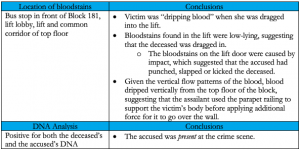















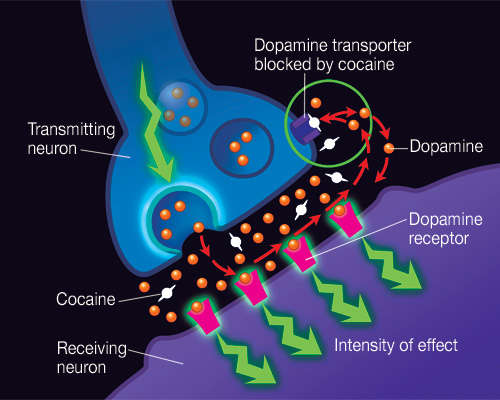


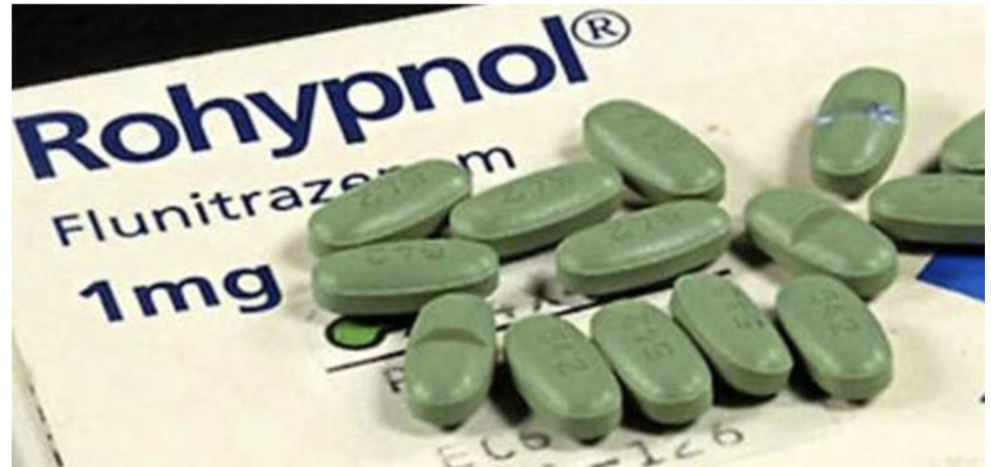
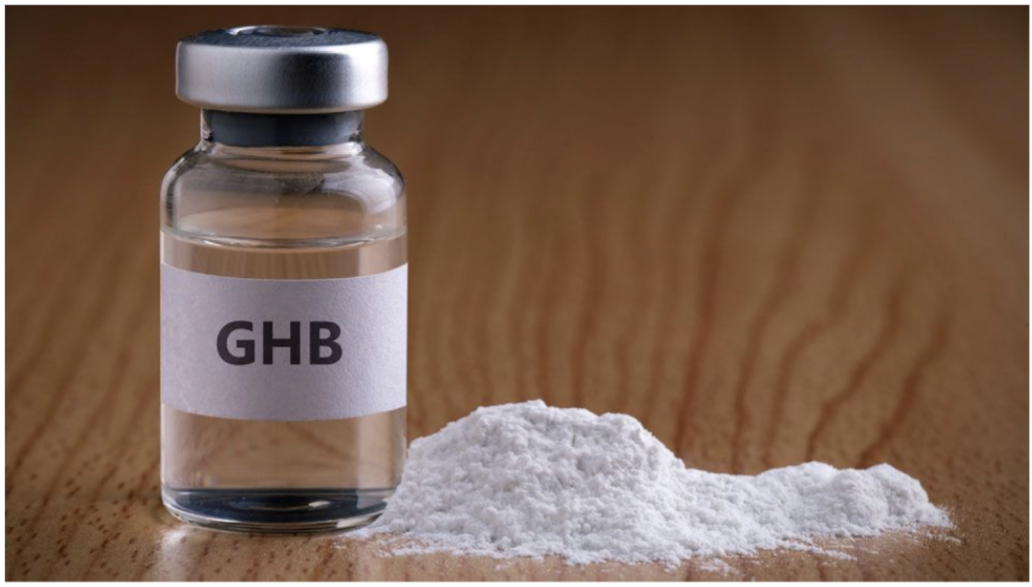
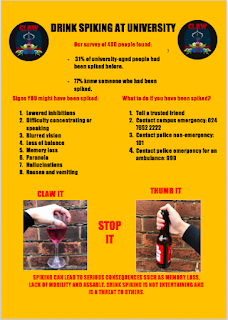



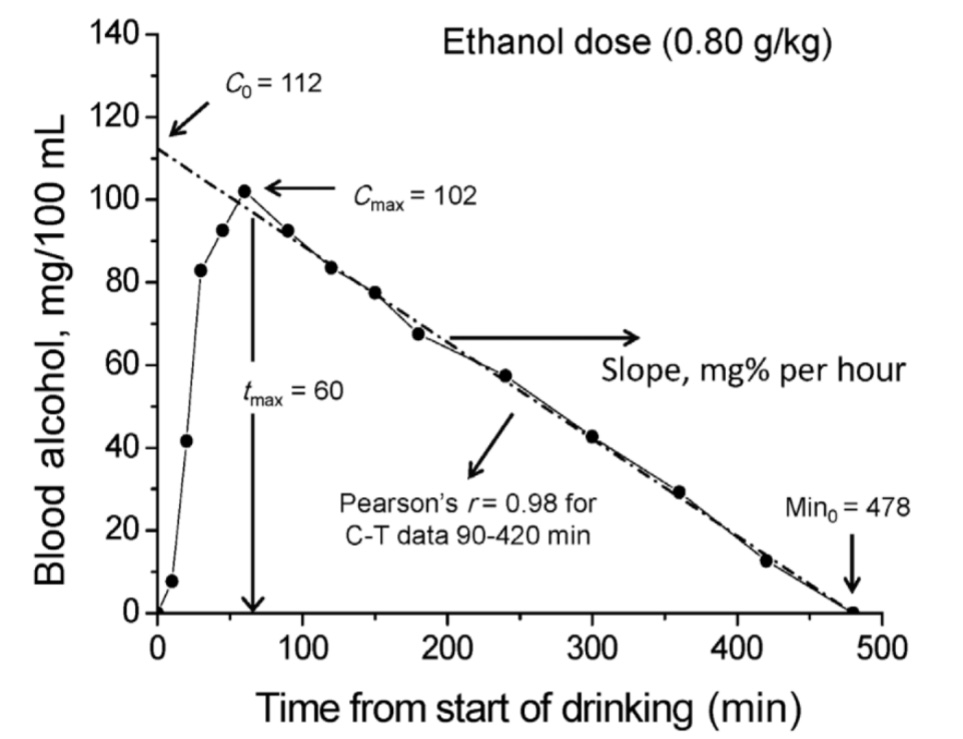
 Nicole Teo is currently pursuing a degree in Law and in the middle of her second year of the programme. She is aspiring to be a prosecutor one day, which sparked her interest in all things related to criminal law, including forensic science.
Nicole Teo is currently pursuing a degree in Law and in the middle of her second year of the programme. She is aspiring to be a prosecutor one day, which sparked her interest in all things related to criminal law, including forensic science. 


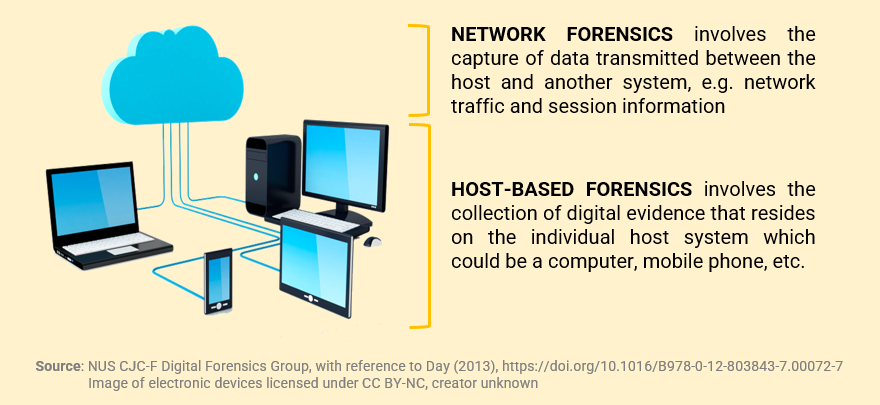
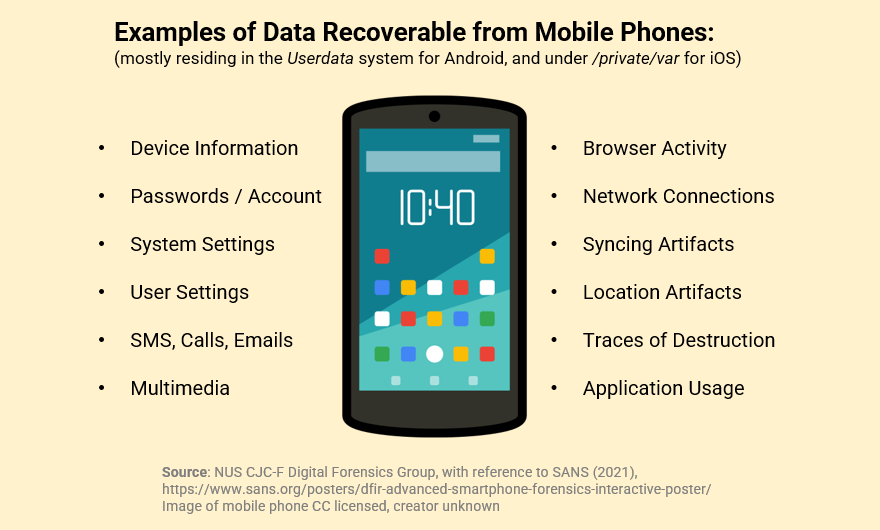











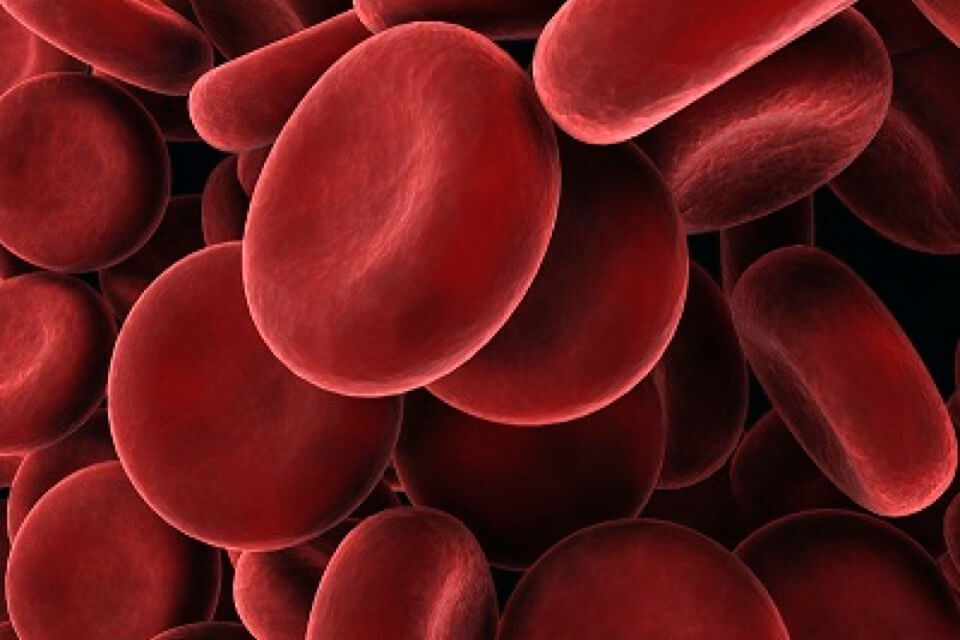 Image taken from:
Image taken from: 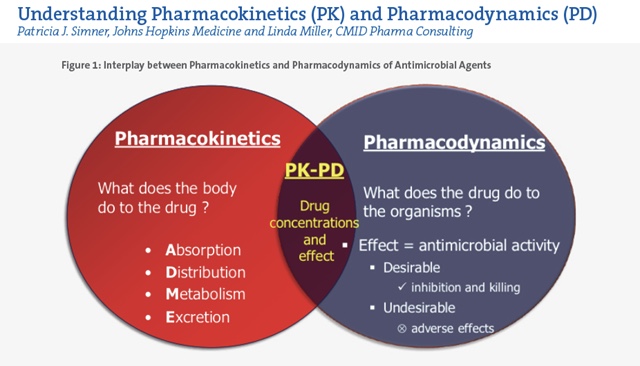 Pharmacokinetics vs pharmacodynamics. Image taken from:
Pharmacokinetics vs pharmacodynamics. Image taken from: 
 Image taken from:
Image taken from:  Cherylynn Tan is a Year 2 undergraduate from the Faculty of Law and she is keen on exploring the interplay between drugs, alcohol and crime. As one of the project managers for the Forensic Toxicology project, Cherylynn oversees the project group’s timeline and vets articles relating to forensic toxicology.
Cherylynn Tan is a Year 2 undergraduate from the Faculty of Law and she is keen on exploring the interplay between drugs, alcohol and crime. As one of the project managers for the Forensic Toxicology project, Cherylynn oversees the project group’s timeline and vets articles relating to forensic toxicology.  Celine is a recent graduate from NUS Pharmacy. As a project manager of the forensic toxicology team, she guides the team with her knowledge of drugs, and edits articles relating to forensic toxicology.
Celine is a recent graduate from NUS Pharmacy. As a project manager of the forensic toxicology team, she guides the team with her knowledge of drugs, and edits articles relating to forensic toxicology.